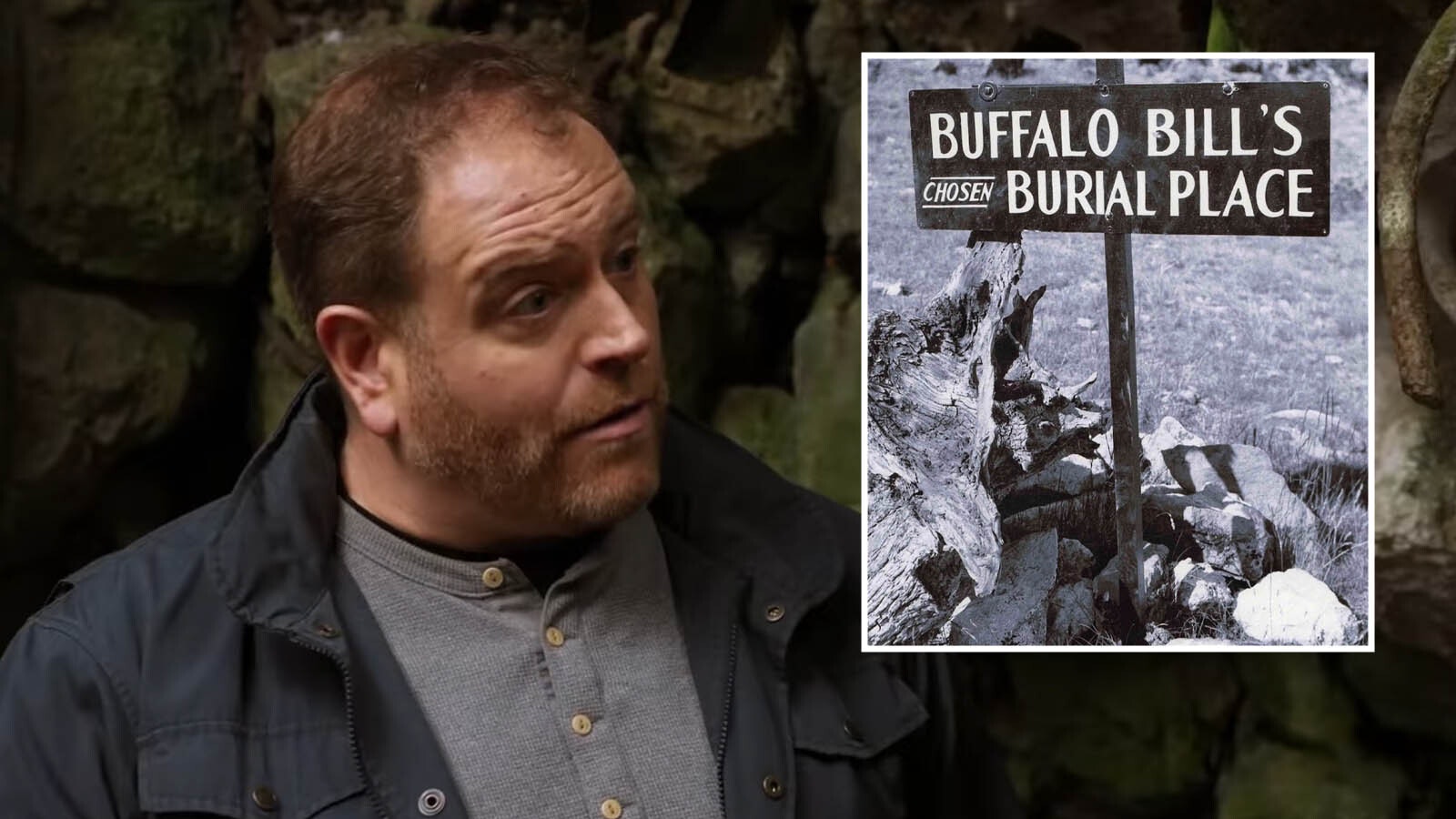Recycling plastics, especially in rural areas, almost always costs more money than it saves, but communities do it because residents expect the service and pay for it.
Cindie Langston, solid waste division manager for the city of Casper, told Cowboy State Daily that there is $1.70 a month fee added to trash bills for the service.
Other materials sometimes also lose money, but for a number of reasons, plastic recycling is rarely profitable.
“Out of all the commodities, plastics — and this is why we didn’t recycle them for years — are the most challenging,” Langston said.
Casper uses a broker in Denver, which sells plastics to a material recovery facility in Illinois that does nothing but plastics.
Langston said that when rates are good in the plastic recycling market, the city might break even collecting the material – if its lucky. But in the past year, with fuel surcharges and rising shipping costs, the division has had to pay to ship plastics to Illinois.
“We don’t want to bury it because we’ve promised our citizens that we’re going to recycle No. 1 and No. 2 plastics,” Langston said. “It’s a service, and if it’s a service that your community wants, they have to pay for it.”
Sorting Properly
Contrary to suspicions and rumors, Langston said the plastics collected for recycling aren’t just dumped in landfills, as long as they’re recyclable and aren’t contaminated with something like food residue.
But a big cost in recycling plastics is having to sort the materials before they are shipped because people don’t sort properly.
“Sorting out the contamination requires the most labor of all the commodities,” Langston said. “People throw in Styrofoam peanuts, used motor oil, or a bunch of other garbage. One time someone threw a skunk in there.”
Dead skunks are not, in fact, recyclable.
Plastic Grades
Craig McOmie, program manager for the Wyoming Department of Environmental Quality, was previously the northeast Wyoming recycling coordinator for Campbell County Public Works, where he said dealt with a lot of the challenges of recycling plastics.
“People would jump into programs and try to recycle all the plastics,” McOmie said.
He said the markets in plastics tend to be pretty stable, but the material is complex, which creates issues. An aluminum can is an aluminum can, but plastics have seven grades. Nos. 1 and 2 are the easiest to recycle.
“Nos. 3-7 are very dicey,” McOmie said.
It’s also not as easy as just looking at a single number and knowing it’s recyclable. Plastic clamshells as they’re called — those containers that stuff like strawberries come in — are No. 1 plastics, but they’re not favored by recyclables.
“It’s a different grade No. 1, and the melting point is a little different. It takes a different mill to regenerate. You have to separate those out,” Langston said.
Stick To The Basics
A lot of the plastic grades are food-grade kinds, so they have different pigments in them, which helps keep sunlight from degrading the food product.
“Those are very hard to recycle, so I always caution people to stick to the basic 1s and 2s,” McOmie said.
Those food containers also have residual food on them. So, unless people wash them out they often have to be tossed into the landfill.
“It’s very difficult to educate the public, unless they really take the time to dig into it,” McOmie said.
The other problem is that it takes a lot of plastic to make a shippable bale of 1,400 to 1,800 pounds, which creates storage issues. All that material sits around taking up space until there’s enough for a bale.
Far From Markets
Recycling commodities in Wyoming, as is the case with all rural communities, are far from markets. That means residents have to drive further to get to recycling centers, and the centers have to ship materials greater distances to brokers and processors.
That costs more all around.
McOmie said people sometimes look at life cycle analyses of materials, which don’t always factor in the energy and emissions involved with collecting material in rural territories.
Large cities, Cheyenne included, do what’s called single stream recycling. Everyone throws all the material into a single pile, which is then sorted with high-tech, expensive equipment.
Denver has a huge material recovery facility with automated sorters that take all that mix of material and separates it.
“They have laser eyes that can read the plastics and what grade it is,” Langston said.
With most recycling programs in Wyoming, residents and employees at the centers have to sort the recycling out before it ships. That’s more labor and more cost.
Sustainable With Fees
With metals, there’s almost always a savings in energy than producing from raw ore, which is why scrap metal and aluminum cans make money.
“An aluminum can turns back into an aluminum can in four to six weeks,” McOmie said.
Cardboard usually does well, as does mixed paper.
Profitability for any rural recycling program is a high standard, McOmie said. For recycling programs to work, residents have to pay a fee.
“It’s like our golf course or our parks and recreation,” McOmie said. “We don’t necessarily make a lot of money out of it, and people have to pay a fee to sustain the programs. Recycling is the same way.”





